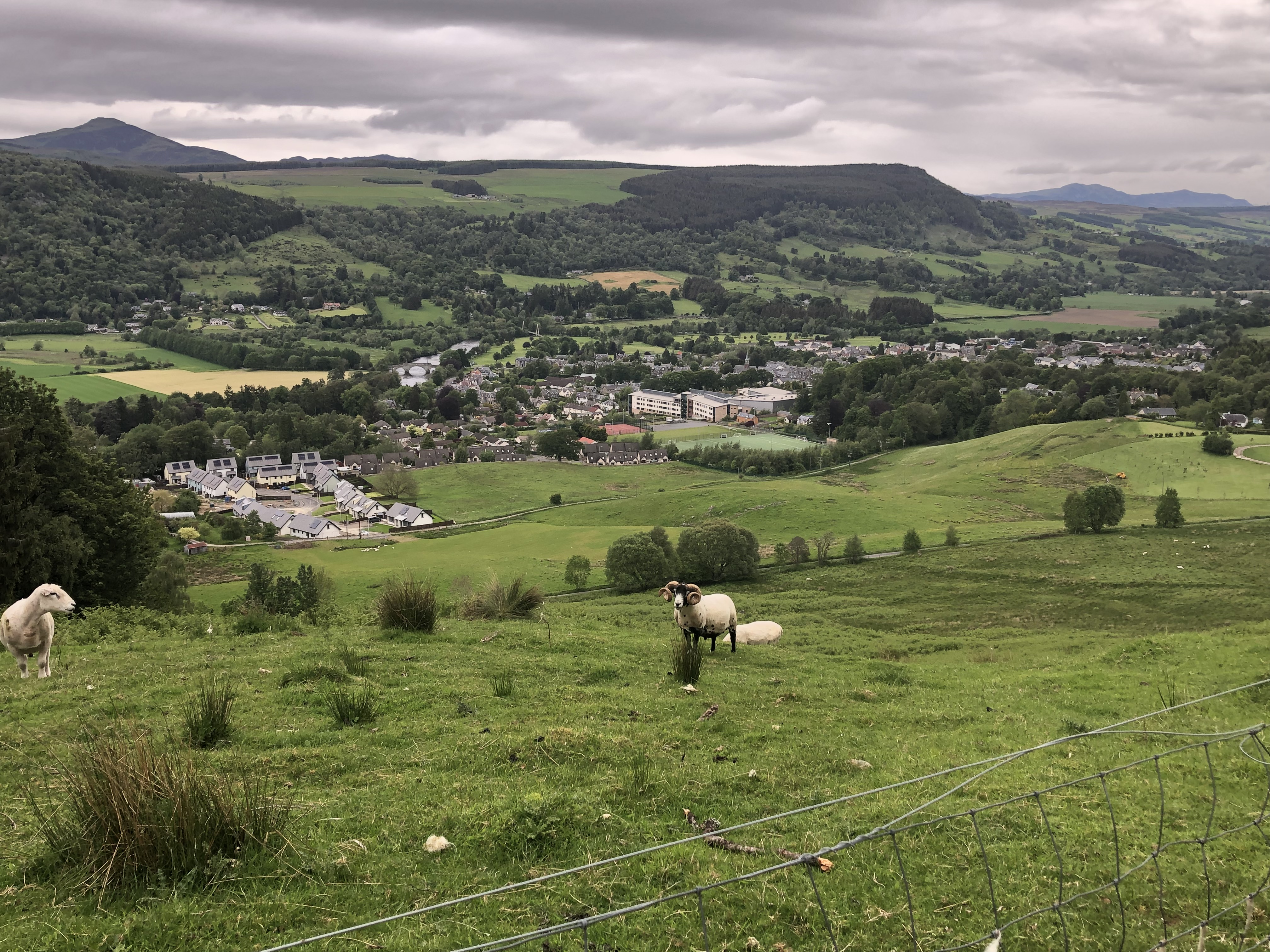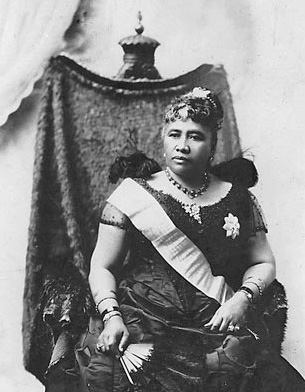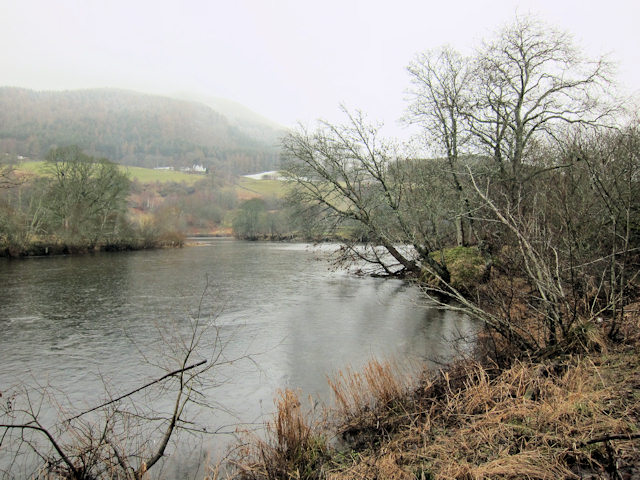|
Aberfeldy Town Hall
Aberfeldy Town Hall is a municipal building on Crieff Road in Aberfeldy, Perth and Kinross, Scotland. The structure, which is used as an events venue, is Category B listed. History Following significant population growth, largely associated with the tourism industry, the area became a police burgh in 1887. In this context, the new police commissioners decided to procure a town hall: the site they selected was the former site of the Black House, the original home of the Menzies of Weem, who arrived from Nithsdale around the 14th century. The site was donated to the town by Gavin Campbell, 1st Marquess of Breadalbane in 1887. The foundation stone for the new building was laid by the local member of parliament, Sir Donald Currie, on 21 September 1889. It was designed in free style by James MacLaren, a London-based architect who was born in Callander; it was built in brick with a harled finish and was officially opened on 5 December 1891. The structure incorporated elements of th ... [...More Info...] [...Related Items...] OR: [Wikipedia] [Google] [Baidu] |
Aberfeldy, Perth And Kinross
Aberfeldy ( gd, Obar Pheallaidh) is a burgh in Perth and Kinross, Scotland, on the River Tay. A small market town, Aberfeldy is located in Highland Perthshire. It was mentioned by Robert Burns in the poem ''The Birks Of Aberfeldy''. Etymology Aberfeldy means 'mouth of the Peallaidh'. The first element of the name is the Pictish word ''aber'' 'river mouth'. The river-name perhaps incorporates the name of a water-sprite known as Peallaidh, which in Gaelic means 'shaggy'. Aberfeldy is recorded in 1526 as ''Abrefrally'' and in 1552 as ''Abirfeldy''. History Beyond its association with Burns, who mentioned Aberfeldy in his poem ''The Birks of Aberfeldy'', the town is known for Wade's Bridge, built in 1733 and designed by architect William Adam, father of Robert Adam. General George Wade considered this bridge to be his greatest accomplishment. Aberfeldy is also mentioned in the traditional "Loch Tay Boat Song". While working in the 1880s as a hired farmhand for Robert Menzies o ... [...More Info...] [...Related Items...] OR: [Wikipedia] [Google] [Baidu] |
Wrought Iron
Wrought iron is an iron alloy with a very low carbon content (less than 0.08%) in contrast to that of cast iron (2.1% to 4%). It is a semi-fused mass of iron with fibrous slag inclusions (up to 2% by weight), which give it a wood-like "grain" that is visible when it is etched, rusted, or bent to failure. Wrought iron is tough, malleable, ductile, corrosion resistant, and easily forge welded, but is more difficult to weld electrically. Before the development of effective methods of steelmaking and the availability of large quantities of steel, wrought iron was the most common form of malleable iron. It was given the name ''wrought'' because it was hammered, rolled, or otherwise worked while hot enough to expel molten slag. The modern functional equivalent of wrought iron is mild steel, also called low-carbon steel. Neither wrought iron nor mild steel contain enough carbon to be hardenable by heating and quenching. Wrought iron is highly refined, with a small amount of silic ... [...More Info...] [...Related Items...] OR: [Wikipedia] [Google] [Baidu] |
City Chambers And Town Halls In Scotland
A city is a human settlement of notable size.Goodall, B. (1987) ''The Penguin Dictionary of Human Geography''. London: Penguin.Kuper, A. and Kuper, J., eds (1996) ''The Social Science Encyclopedia''. 2nd edition. London: Routledge. It can be defined as a permanent and densely settled place with administratively defined boundaries whose members work primarily on non-agricultural tasks. Cities generally have extensive systems for housing, transportation, sanitation, utilities, land use, production of goods, and communication. Their density facilitates interaction between people, government organisations and businesses, sometimes benefiting different parties in the process, such as improving efficiency of goods and service distribution. Historically, city-dwellers have been a small proportion of humanity overall, but following two centuries of unprecedented and rapid urbanization, more than half of the world population now lives in cities, which has had profound consequences for g ... [...More Info...] [...Related Items...] OR: [Wikipedia] [Google] [Baidu] |
1891 Establishments In Scotland
Events January–March * January 1 ** Paying of old age pensions begins in Germany. ** A strike of 500 Hungarian steel workers occurs; 3,000 men are out of work as a consequence. **Germany takes formal possession of its new African territories. * January 2 – A. L. Drummond of New York is appointed Chief of the Treasury Secret Service. * January 4 – The Earl of Zetland issues a declaration regarding the famine in the western counties of Ireland. * January 5 **The Australian shearers' strike, that leads indirectly to the foundation of the Australian Labor Party, begins. **A fight between the United States and Indians breaks out near Pine Ridge agency. ** Henry B. Brown, of Michigan, is sworn in as an Associate Justice of the Supreme Court. **A fight between railway strikers and police breaks out at Motherwell, Scotland. * January 6 – Encounters continue, between strikers and the authorities at Glasgow. * January 7 ** General Miles' forces ... [...More Info...] [...Related Items...] OR: [Wikipedia] [Google] [Baidu] |
Government Buildings Completed In 1891
A government is the system or group of people governing an organized community, generally a state. In the case of its broad associative definition, government normally consists of legislature, executive, and judiciary. Government is a means by which organizational policies are enforced, as well as a mechanism for determining policy. In many countries, the government has a kind of constitution, a statement of its governing principles and philosophy. While all types of organizations have governance, the term ''government'' is often used more specifically to refer to the approximately 200 independent national governments and subsidiary organizations. The major types of political systems in the modern era are democracies, monarchies, and authoritarian and totalitarian regimes. Historically prevalent forms of government include monarchy, aristocracy, timocracy, oligarchy, democracy, theocracy, and tyranny. These forms are not always mutually exclusive, and mixed g ... [...More Info...] [...Related Items...] OR: [Wikipedia] [Google] [Baidu] |
List Of Listed Buildings In Aberfeldy, Perth And Kinross
This is a list of listed buildings in the parish of Aberfeldy in Perth and Kinross, Scotland Scotland (, ) is a country that is part of the United Kingdom. Covering the northern third of the island of Great Britain, mainland Scotland has a border with England to the southeast and is otherwise surrounded by the Atlantic Ocean to th .... List Key Notes References * All entries, addresses and coordinates are based on data froHistoric Scotland This data falls under thOpen Government Licence {{Lists of listed buildings in Perth and Kinross Aberfeldy Aberfeldy, Perth and Kinross ... [...More Info...] [...Related Items...] OR: [Wikipedia] [Google] [Baidu] |
Killiechassie
Killiechassie is a country estate and house near Weem, about northeast of Aberfeldy, in Perth and Kinross, Scotland. The estate lies on the banks of the River Tay in some , about north of Edinburgh. It was owned by the Douglas family in the latter part of the 19th century, and a new house was erected in 1865. A dovecote by the house was listed as Grade B on 9 June 1981. The house was purchased by author J.K. Rowling in 2001. History The Killiechassie Estate has existed for centuries, and historically fell within the civil parish of Logierait. The name ''Killiechassie'' means "the church of the steep face" which refers to a church which stood on the hill there. This was part of the earldom of Atholl and was then granted by Máel Coluim, Earl of Atholl, to Scone Abbey in the 12th century. In the 17th century the estate was owned by members of Clan Murray who became the Dukes of Atholl. Later proprietors of Killiechassie included the Robertson family, who belonged to th ... [...More Info...] [...Related Items...] OR: [Wikipedia] [Google] [Baidu] |
Perth And Kinross Council
Perth and Kinross Council ( gd, Comhairle Pheairt is Cheann Rois) is the local government council for the Perth and Kinross council area of Scotland. It employs around 6,000 people. The council was created in 1996, under the '' Local Government etc. (Scotland) Act 1994'', when the Tayside region was divided between three new unitary council areas: Perth and Kinross, Angus, and Dundee City. The current Perth and Kinross council headquarters are located in Perth at 2 High Street, at Tay Street, although many public enquiries and council services are handled from the nearby Pullar House at 36 Mill Street, the former business premises of J. Pullar and Sons. Elections General elections to the council are held on a four-year cycle. The most recent poll was held in 2022, on Thursday 5 May. The next local election will be held in 2027. As a result of the Local Governance (Scotland) Act 2004 and the recommendations put forth by the Local Government Boundary Commission for ... [...More Info...] [...Related Items...] OR: [Wikipedia] [Google] [Baidu] |
Perth And Kinross (district)
Perth and Kinross ( sco, Pairth an Kinross; gd, Peairt agus Ceann Rois) is one of the 32 council areas of Scotland and a Lieutenancy Area. It borders onto the Aberdeenshire, Angus, Argyll and Bute, Clackmannanshire, Dundee, Fife, Highland and Stirling council areas. Perth is the administrative centre. With the exception of a large area of south-western Perthshire, the council area mostly corresponds to the historic counties of Perthshire and Kinross-shire. Perthshire and Kinross-shire shared a joint county council from 1929 until 1975. The area formed a single local government district in 1975 within the Tayside region under the ''Local Government (Scotland) Act 1973'', and was then reconstituted as a unitary authority (with a minor boundary adjustment) in 1996 by the ''Local Government etc. (Scotland) Act 1994''. Geographically the area is split by the Highland Boundary Fault into a more mountainous northern part and a flatter southern part. The northern area is a popular to ... [...More Info...] [...Related Items...] OR: [Wikipedia] [Google] [Baidu] |
Andrew P
Andrew is the English form of a given name common in many countries. In the 1990s, it was among the top ten most popular names given to boys in English-speaking countries. "Andrew" is frequently shortened to "Andy" or "Drew". The word is derived from the el, Ἀνδρέας, ''Andreas'', itself related to grc, ἀνήρ/ἀνδρός ''aner/andros'', "man" (as opposed to "woman"), thus meaning "manly" and, as consequence, "brave", "strong", "courageous", and "warrior". In the King James Bible, the Greek "Ἀνδρέας" is translated as Andrew. Popularity Australia In 2000, the name Andrew was the second most popular name in Australia. In 1999, it was the 19th most common name, while in 1940, it was the 31st most common name. Andrew was the first most popular name given to boys in the Northern Territory in 2003 to 2015 and continuing. In Victoria, Andrew was the first most popular name for a boy in the 1970s. Canada Andrew was the 20th most popular name chosen for mal ... [...More Info...] [...Related Items...] OR: [Wikipedia] [Google] [Baidu] |
Henry Hobson Richardson
Henry Hobson Richardson, FAIA (September 29, 1838 – April 27, 1886) was an American architect, best known for his work in a style that became known as Richardsonian Romanesque. Along with Louis Sullivan and Frank Lloyd Wright, Richardson is one of "the recognized trinity of American architecture". Biography Early life Richardson was born at the Priestley Plantation in St. James Parish, Louisiana, and spent part of his childhood in New Orleans, where his family lived on Julia Row in a red brick house designed by the architect Alexander T. Wood. He was the great-grandson of inventor and philosopher Joseph Priestley, who is usually credited with the discovery of oxygen. Richardson went on to study at Harvard College and Tulane University. Initially, he was interested in civil engineering, but shifted to architecture, which led him to go to Paris in 1860 to attend the famed École des Beaux Arts in the atelier of Louis-Jules André. He was only the second U.S. citizen to attend ... [...More Info...] [...Related Items...] OR: [Wikipedia] [Google] [Baidu] |
Turret (architecture)
In architecture, a turret is a small tower that projects vertically from the wall of a building such as a medieval castle. Turrets were used to provide a projecting defensive position allowing covering fire to the adjacent wall in the days of military fortification. As their military use faded, turrets were used for decorative purposes, as in the Scottish baronial style. A turret can have a circular top with crenellations as seen in the picture at right, a pointed roof, or other kind of apex. It might contain a staircase if it projects higher than the building; however, a turret is not necessarily higher than the rest of the building; in this case, it is typically part of a room, that can be simply walked into – see the turret of Chateau de Chaumont on the collection of turrets, which also illustrates a turret on a modern skyscraper. A building may have both towers and turrets; towers might be smaller or higher, but turrets instead project from the edge of a buildin ... [...More Info...] [...Related Items...] OR: [Wikipedia] [Google] [Baidu] |





